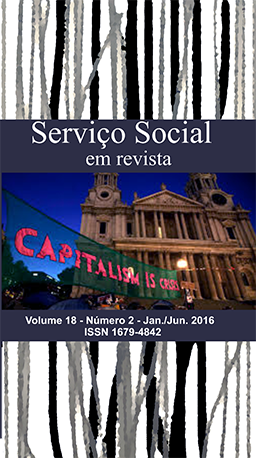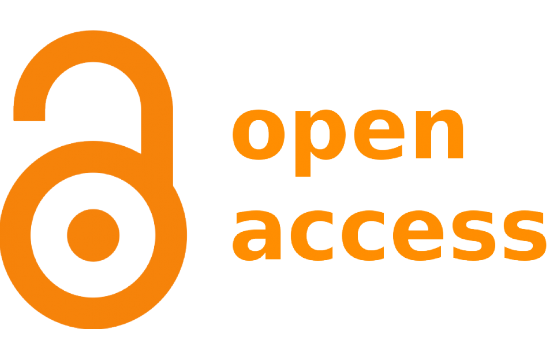Capacita SUAS no Pará: uma abordagem a partir da diversidade territorial
DOI:
https://doi.org/10.5433/1679-4842.2016v18n2p210Palabras clave:
SUAS. Educação Permanente. Território. Políticas Públicas. DiversidadeResumen
O objetivo do estudo apresentado neste artigo foi problematizar as particularidades do estado do Pará na efetivação do SUAS (Sistema Único de Assistência Social), a partir de sua territorialidade e das vulnerabilidades sociais às quais está exposto. Tal reflexão é narrada a partir da experiência no Programa Capacita SUAS, nos municípios de Belém do Pará, Castanhal, Marabá e Altamira. As capacitações foram realizadas no período entre maio a agosto de 2014, com a finalidade de atender os objetivos do Programa Nacional de Capacitação do SUAS, que tem, entre suas metas, garantir oferta de educação permanente para qualificar seus profissionais. Os resultados do programa Capacita SUAS, enquanto estratégia da Educação Permanente, são positivos frente à importância de se levar informação e qualificação aos seus trabalhadores, assim como, de se efetivar e garantir o que está posto pela NOB/RH. A pesquisa foi produzida a partir de análise documental e por meio da coleta de dados realizada durante as capacitações. Os alunos registraram as oficinas e os debates realizados, o que permitiu o desenvolvimento deste artigo. Essa valiosa experiência nos revelou, enquanto facilitadoras do Capacita SUAS, a necessidade de continuidade do programa como uma estratégia de educação permanente, que permite aos trabalhadores o nivelamento de conhecimentoDescargas
Descargas
Publicado
Cómo citar
Número
Sección
Licencia
Derechos de autor 2016 Serviço Social em Revista

Esta obra está bajo una licencia internacional Creative Commons Atribución-NoComercial-SinDerivadas 4.0.
A revista se reserva o direito de efetuar, nos originais, alterações de ordem normativa, ortográfica e gramatical, com vistas a manter o padrão culto da língua e a credibilidade do veículo. Respeitará, no entanto, o estilo de escrever dos autores. Alterações, correções ou sugestões de ordem conceitual serão encaminhadas aos autores, quando necessário. Nesses casos, os artigos, depois de adequados, deverão ser submetidos a nova apreciação. As provas finais não serão encaminhadas aos autores. Os trabalhos publicados passam a ser propriedade da revista Serviço Social em Revista, ficando sua reimpressão total ou parcial sujeita a autorização expressa da revista. Em todas as citações posteriores, deverá ser consignada a fonte original de publicação, no caso a Serviço Social em Revista. As opiniões emitidas pelos autores dos artigos são de sua exclusiva responsabilidade.















